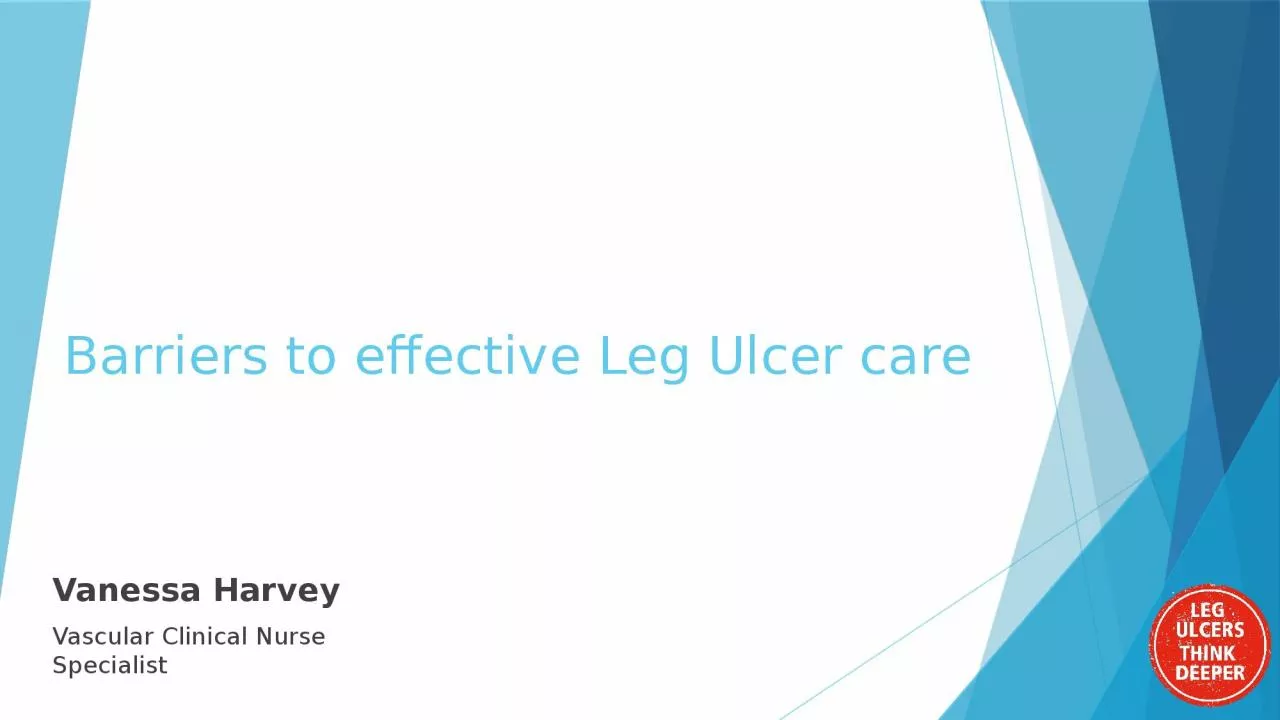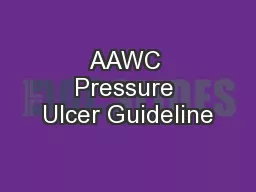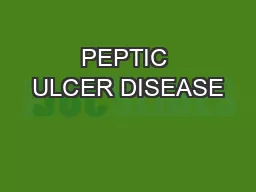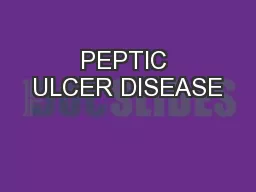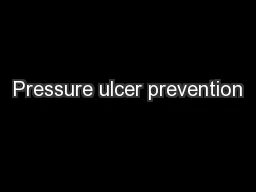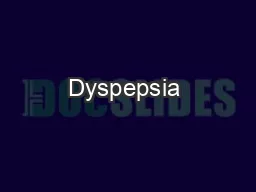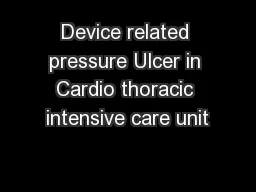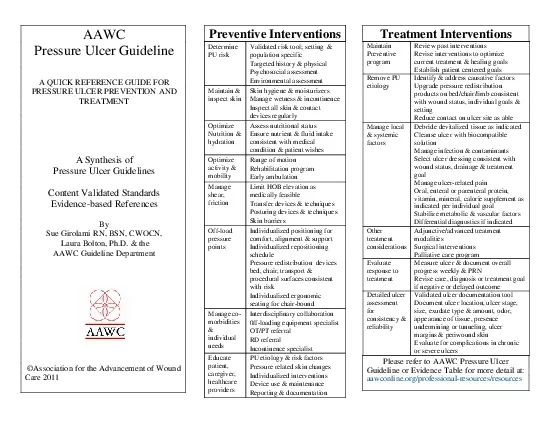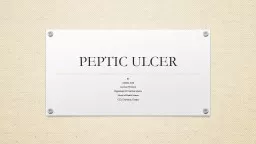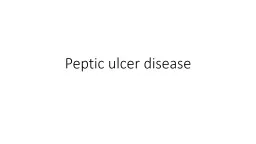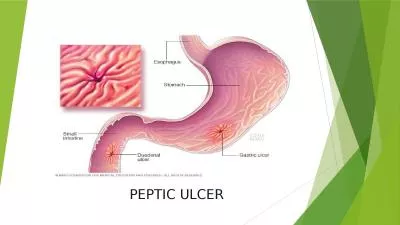PPT-Barriers to effective Leg Ulcer care
Author : HappiestManAlive | Published Date : 2022-08-04
Vanessa Harvey Vascular Clinical Nurse Specialist Current Leg Ulcer Management Challenges Patients not getting a differential diagnosis Lack of early treatment
Presentation Embed Code
Download Presentation
Download Presentation The PPT/PDF document "Barriers to effective Leg Ulcer care" is the property of its rightful owner. Permission is granted to download and print the materials on this website for personal, non-commercial use only, and to display it on your personal computer provided you do not modify the materials and that you retain all copyright notices contained in the materials. By downloading content from our website, you accept the terms of this agreement.
Barriers to effective Leg Ulcer care: Transcript
Download Rules Of Document
"Barriers to effective Leg Ulcer care"The content belongs to its owner. You may download and print it for personal use, without modification, and keep all copyright notices. By downloading, you agree to these terms.
Related Documents

